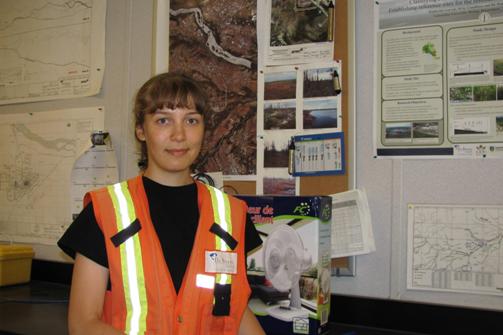Tanya Talaga is the Queen’s Park (Ontario Provincial Government) reporter for the Toronto Star, which has the largest circulation in Canada. The paper has an enormous impact on Canada’s federal and provincial politics as well as shaping public opinion. This article was originally published September 24, 2010.
For an extensive list of articles on this mineral discovery, please go to: Ontario’s Ring of Fire Mineral Discovery
Liberals push through Far North bill despite First Nations outcry
A controversial bill aimed at protecting 225,000 square kilometres in northern Ontario and opening the rest up to development passed Thursday despite fierce First Nations objections. The provincial Liberals argue Bill 191 is a “first in Ontario’s history,” because it calls for First Nations’ approval of land-use plans.
Until now, there were essentially no rules, the government says. But natives say their approval is ultimately meaningless because the government has the power to override their land use decisions. And that, they say, is a violation of their treaty rights.
Many who live and work in the North – from the Thunder Bay Chamber of Commerce to the Ontario Forestry Association and Nishnawbe Aski Nation (NAN) – say the bill will slow down mining and resource development. The Nishnawbe Aski Nation is a political organization that represents the 49 First Nations that cover two-thirds of the province’s land mass.
However, land-use plans are needed to guide economic development, said Natural Resources Minister Linda Jeffrey. For instance, Jeffrey told reporters, Bill 191 is key to establishing rules to manage development in the resource-rich region known as the Ring of Fire.

























